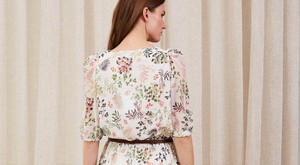- Clothes
- Bags
- Accessories
-
Inspiration
- Shoes
Is Silk Sustainable & Ethical? The Not-So-Smooth Reality
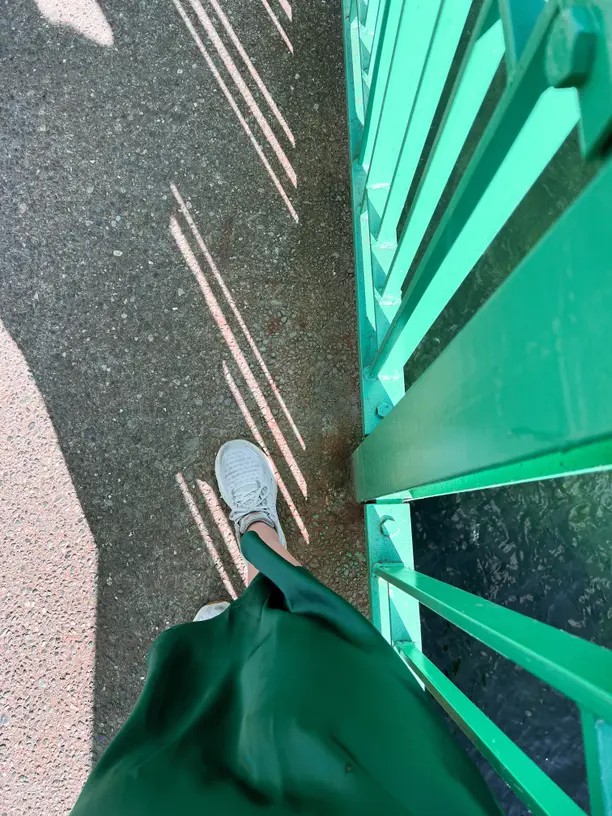
Silk is a luxurious natural fabric. Surely, that means it’s also ethical and great for the planet, right?
Unfortunately, it’s complicated. So, we’ll show its advantages, why silk is bad for the environment, and why it’s not cruelty-free.
Then, depending on what matters the most to you, you can choose to wear it more sustainably or opt for more ethical silk alternatives (of course, we have tips and recommendations on both!).
How is silk made?
Silk is made through sericulture, raising silkworms (especially the Bombyx mori species), pulling threads from their cocoons, reeling them together, and treating them so they can be spun and woven into fabric.
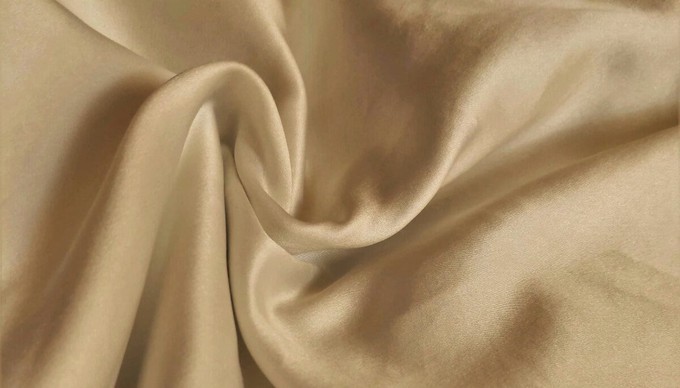
Sustainable benefits of silk
From a sustainability perspective, the advantages of silk involve:
- Coming from a natural and renewable resource (= silkworms)
- Being biodegradable (although this can change depending on how it’s treated)
- Being strong and durable, which reduces waste
- The lack of plastic-based materials, like the microplastics released when washing polyester clothes
Ethical problems with silk
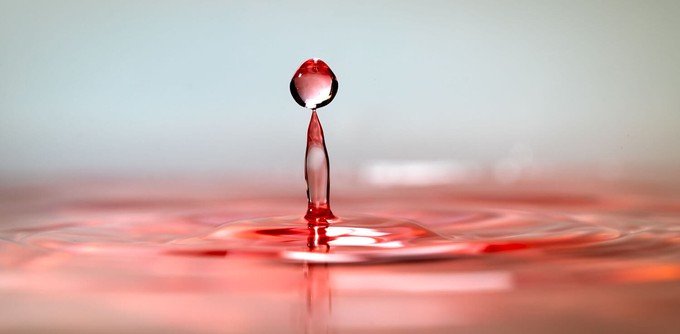
Sadly, the environmental and ethical disadvantages of silk aren’t as smooth as the fabric itself.
- Cruel production – Silkworms are boiled, steamed, or baked alive in their cocoons. So, silk is most definitely NOT vegan or cruelty-free
- Chemical-heavy – Silkworms eat the leaves of mulberry trees, and pesticides and fertilisers are often used when growing them (even though they’re not required), especially to speed up the process. Toxic chemicals are common when reeling and treating those threads and fibres, too (for example, to clean them during the degumming process and to make the fabric crease-proof)
- Water pollution – Silk wastewater (often full of toxic chemicals) is sometimes released into natural bodies of water untreated
- Not always biodegradable – The use of certain chemicals and dyes causes silk fabric to lose this natural property
- Energy- and resource-intensive production – Silk requires more water and land than cotton! It also consumes a lot of energy, especially during the cocoon-boiling phase but also when degumming it, bleaching it, drying it, and processing it. Plus, the manure and fertilisers used for its mulberry trees contribute to the release of greenhouse gases even further. And when you think that around 2,500 silkworms are needed to produce less than 500g of silk but one mulberry tree only produces enough foliage to feed 100, you see just how inefficient it is
- Dry-cleaning – Most manufacturers recommend doing this instead of hand- or machine-washing your silk garments. Sadly, dry-cleaning involves even more toxic solvents and chemicals
- Unethical production – This happens with other fabrics too, but there’s a worrying history of forced and even child labour in the silk industry. So, if you buy silk garments from a brand that doesn’t tell you WHO made their clothes and HOW, you might be supporting it
So, is silk sustainable?
Overall, we wouldn’t consider silk a sustainable fabric, and we can’t ignore its ethical problems either. However, how a silk garment is made and used has a big impact on its overall footprint.
So, to wear silk more sustainably, you could:
- Only buy silk clothes from transparent brands (or choose the silk alternatives we’re about to show you, especially if you’re vegan)
- Hand-wash them, if possible, or use more eco-friendly dry cleaners
- Take care of your silk clothes to help them last as much as possible instead of buying new ones regularly
More ethical and sustainable alternatives to silk
Can silk be made without killing silkworms? Can those bad chemicals be avoided? Yes, and yes.
These options aren’t perfect (yet?), but they could be a better fit for your preferences and beliefs.
Designers and scientists are also coming up with innovative fabrics like spider silk and silk made from rose petals. However, because they’re so new, they’re not as common and still come with additional challenges (but who knows, we might see more of them over the next few years).
Peace silk or Ahimsa silk
The moths are allowed to leave their cocoons without being burned alive.
Because it requires a longer and more difficult production process, peace silk is much rarer, not as soft and drapey, and more expensive, but more ethical brands are starting to embrace it.
Sadly, because the Bombyx mori caterpillars have been bred a certain way for thousands of years, they now struggle to fly and feed in the wild. So, they’re unlikely to live for long. However, we still think peace silk is a more ethical alternative than traditional silk.
Wild silk or Tussar silk
This involves collecting the empty cocoons made by silkworms that live in forests.
For this reason, wild silk is rarer, less consistent, and not as soft, but it’s also more durable, requires less energy and chemicals, and is usually cruelty-free.
Cupro or vegan silk
Rayon fabrics, and especially cupro, are often called “vegan silk” because… they’re smooth and silky but don’t involve silkworms at all!
Instead, they’re made using linter, which is cotton waste. This also makes these clothes much easier to take care of and wash.
Unfortunately, cupro involves a chemical-heavy production process, which can be harmful to workers and pollute local water sources.
So, consider choosing cupro made in a closed-loop system and by transparent brands that ensure their workers’ safety.
Organic silk
To avoid toxic chemicals and harmful substances, look for Oeko-Tex and GOTS-certified silk (although, unfortunately, organic silk isn’t automatically synonymous with cruelty-free).
Recycled
The most ethical and sustainable silk is silk that’s already been produced.
By choosing second-hand garments or new ones made by repurposing existing silk fabric and offcuts, you’ll bypass the additional production stage and reduce waste.
Finding sustainable silk clothes on Project Cece
At Project Cece, we brought hundreds of fair trade brands in one place and added filters to simplify your choices.
So, as well as selecting Silk as a material, you can choose to focus on what matters the most to you.
Silk isn’t the most sustainable fabric, but you can support brands that are minimising its impact or offering cruelty-free alternatives. Soft clothes, strong values!
Share our story
Related articles
What Is Cupro Fabric? Is This Vegan Silk Really Sustainable?
It’s silky, but it’s not silk. It comes from the cotton plant, but it’s not cotton. So, what IS cupro fabric? Discover its eco-friendly pros and cons.
Recycled Fabrics & Upcycling Fashion: Green or Greenwashed?
What's the difference between recycled fabrics & upcycled clothes? Most importantly, are they as sustainable as they sound? Let's find out!
Are Rayon Fabrics Sustainable? Viscose, Tencel & More
You keep reading all kinds of names for it. So, what are the differences between these rayon fabrics? And are they as eco-friendly as they’re marketed?
Project Cece is a platform that collects ethical fashion from vetted brands and shops in one place. Browse ethical fashion for women and men and find items that fit your style, budget and values!
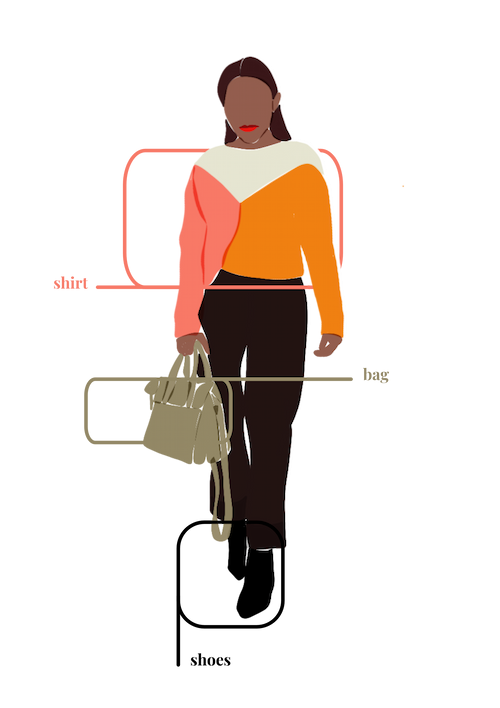

_large.png)

